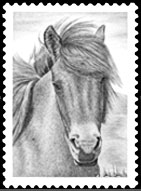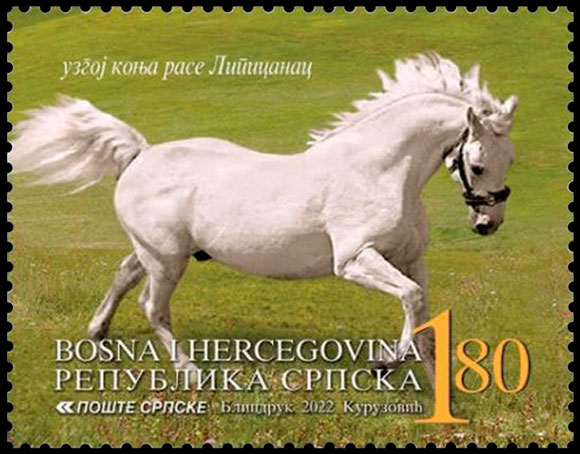
On June 3, 2022, the Post of the Serbian Administration of Bosnia and Herzegovina issued a series of postage stamps "Cultural Heritage".
Since 1972, UNESCO has maintained a list of World Cultural and Natural Heritage sites, which includes outstanding man-made monuments and structures, as well as unique natural sites. In 2003, UNESCO additionally decided to list and protect intangible cultural heritage. These include national customs and rituals, traditional crafts, as well as dances, music, songs and oral traditions of any ethnic group or community, which are a unique and inimitable cultural phenomenon.
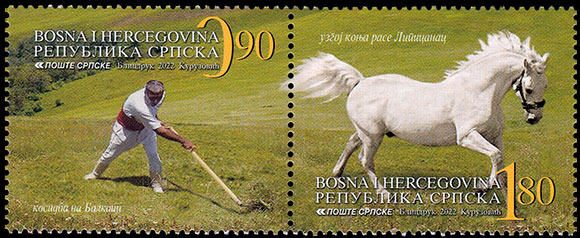
As part of the "Cultural Heritage" series, the post of the Republika Srpska has chosen two interesting stories. The first of these is the traditional mowing of the grass in the town of Balkany near the town of Mrkonich Grad. Haymaking is one of the most important types of rural work; since ancient times, hay mowing among the Slavs was accompanied by numerous rituals. In addition, Mrkonci Grad is an ancient blacksmith center, where the Varcarka braids, famous in this region, were forged. Since 1992, competitions in traditional grass mowing have been held in Balkany, the purpose of this event is to preserve local traditions and customs. At present, haymaking in the Balkany has become a great folk festival and a significant cultural event for the entire region.
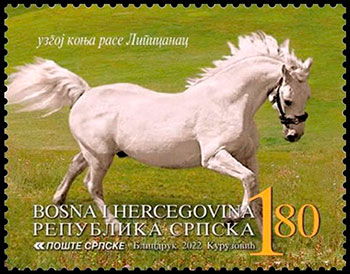
The second stamp of the series depicts a horse of the Lipizzan breed. The history of the Lipizzan breed begins in 1580, when Archduke Charles II founded a court stud near Lipica (the territory of modern Slovenia, formerly part of the Austro-Hungarian Empire). Horses from Spain were bred in Lipica, which were later crossed with Arabian and Kladruby horses. This led to the Lipizzan horses, which are now considered one of the oldest cultivated breeds in Europe. Throughout their history, Lipizzans have experienced several migrations during wars, each of which saved the breed from extinction. Therefore, despite the fact that historically Lipizzans were bred on the territory of modern Slovenia, now there are breeding centers for these horses and stud farms in several European countries: in Austria (Piber), in Slovenia (Lipica), in Slovakia (Topolchanka), in Croatia (Lipik and Djakovo), in Bosnia and Herzegovina (Vucijak), in Serbia (Karadzhorevo), in Hungary (Silvasvarad), in Romania (Fagaras) and in Italy (Monterotondo).
Today, in the Republic of Srpska, the Lipizzan breed is bred at the Vucijak stud farm. It was founded in 1946 and belongs to the group of the most famous stud farms of the former Yugoslavia. There are currently 130 Lipizzan horses kept there, and the breeders have managed to maintain several strong breeding lines. In addition, there are private factories, equestrian clubs and individual breeders breeding Lipizzans. All of them are united in the newly created Association of Lipizzan Horse Breeders. The traditions of breeding Lipizzans and the breed itself in the Republika Srpska are deservedly considered an object of cultural heritage.
The stamps of the series were issued in a mini sheet (2x5) with decorated margins. The presentation of the stamps took place at the Popy Teshi farm in the village of Kaoci (Srbac municipality) with the participation of representatives of the Association of Lipizzan Horse Breeders of the Republic of Srpska.
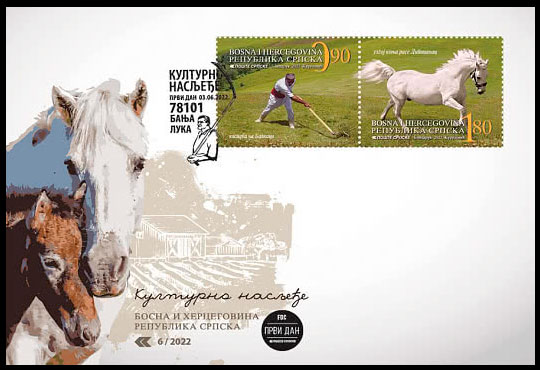
Перейти в каталог
I apologize for any errors or inaccuracies
